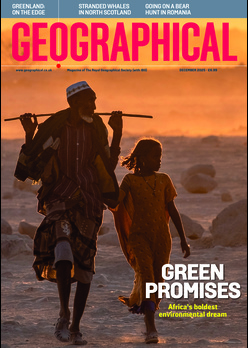
David Drewry recounts his radar mapping expeditions of Antarctica in meticulous detail
Review by Duncan Madden
Antarctica has always held great allure for explorers, naturalists, scientists and adventurers, no shortage of whom have written fascinating accounts of their endeavours. David Drewry has penned a worthy addition to the canon in The Land Beneath the Ice, a meticulously detailed and beautifully illustrated insider account of the pioneering, frequently haphazard radar mapping expeditions he and a hardy cohort of glaciologists embarked on during a heady decade of technological advancement during the 1970s.
Set against the ‘icy grip’ of the Cold War and a slowly unfolding understanding of climate change and the threats it poses, Drewry uses both to give context to the importance of the technology and techniques they spearheaded. Told chronologically, it details the development of RES – radio-echo sounding – technology from the mid-1960s and the decade of on-ice fieldwork that followed, using it to chart the thickness and properties of the ice and revolutionise the study of glaciers, ice sheets and, consequently, climate change. He speaks warmly of the Antarctic Treaty and the role this fieldwork had in fostering international cooperation during a period of great distrust. It was, he says, a programme ‘built on British scientific innovation, Danish technological skill, and American logistic capabilities’.
Drewry conveys the challenges and pitfalls of working in such a hostile and extremely unpredictable environment, and the limitations it places on technologies and logistics, often with calamitous results. From flying unsuitable aircraft on long-range surveys, navigating using only dead reckoning and a sextant, to repeated plane crashes and the tragic deaths of fellow scientists claimed by the ice, he tells his story richly but without ever wavering from his scientific mindset.
Indeed, the natural complexity of the subject matter combined with Drewry’s fastidious attention to the intricacies of every experience could threaten to overwhelm the personal side of his account, but his awe and appreciation of the Antarctic is never far from the surface: ‘We had seen parts of our planet no person had viewed before and detected with our radars an invisible land beneath the ice. We had experienced the raw and dangerous edge of this elemental continent and yet warmed to its ineffable beauty.’




